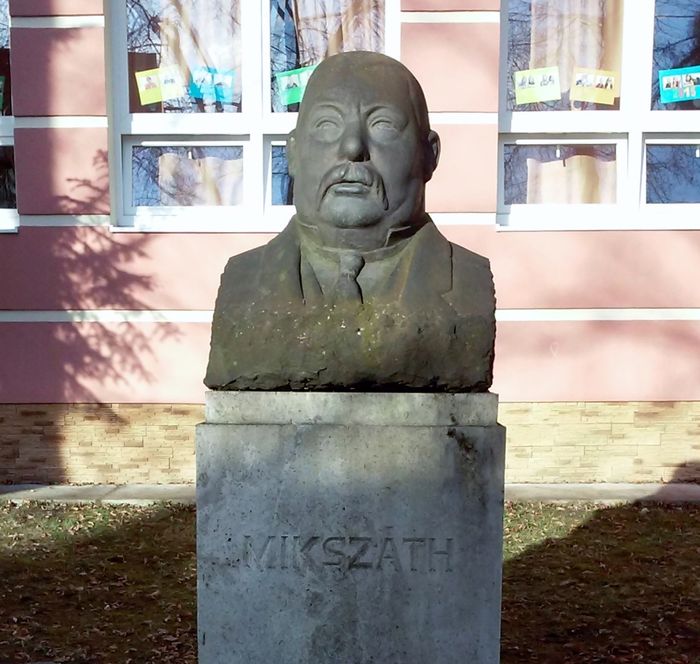Tag: Phrygian Art and Culture in Anatolia
Phrygian Art and Culture in Anatolia
Influences and Connections
Phrygian art, shaped by influences from Hittite and Urartian cultures, played a role in inspiring Etruscan art in Italy. Simultaneously, the Phrygians...





